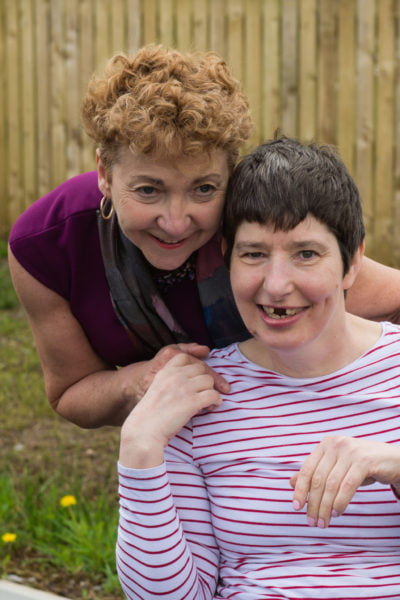Our Approach
Everything we do is tailor made for individuals, because we know that no two people are the same. Our aim is to make hopes and dreams a reality.
At Positive Futures, we respect and value the uniqueness of each individual and tailor our support to meet these unique needs.
Our philosophy is that everything is possible. When we’re told something is impossible, it may take us a little longer, but we’ll do that, too.
This approach is what makes us different.
Helping people live the life they want




Positive Behaviour Support
Positive Behaviour Support (PBS) is a person centred, values-led approach that promotes respect, dignity, inclusion, and a life without unnecessary restriction. PBS is about working in partnership to improve the quality of a person’s life and that of the people around them. This includes children, young people, and adults, as well as older people.
PBS provides the right support at the right time for a person so they can live a meaningful life which includes participating in activities and learning new skills that promote independence.
PBS is an evidence-based approach that uses different methods to gather information to enable us to understand what a person is communicating when they are engaging in behaviours of concern. By understanding the behaviour, we can change the way in which we support the person to reduce the likelihood of the behaviour of concern occurring. Knowledge and understanding of behaviours of concern also enables us to empower the people we support to develop new skills and less harmful ways to get their needs met.
Our PBS team are there to guide and train staff to support the person effectively and in a way that best suits the person’s individual needs. Our training is accredited by the Crisis Prevention Institute (CPI) and Positive Futures is a member of the Restraint Reduction Network.



